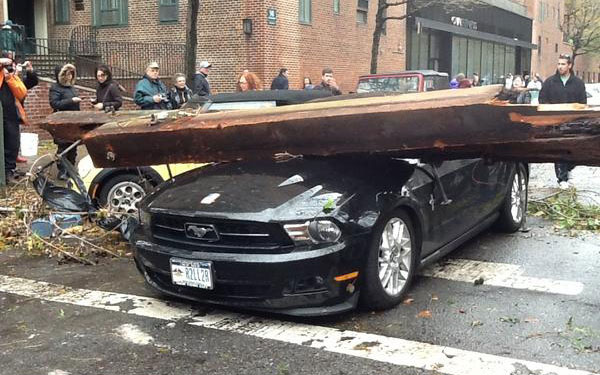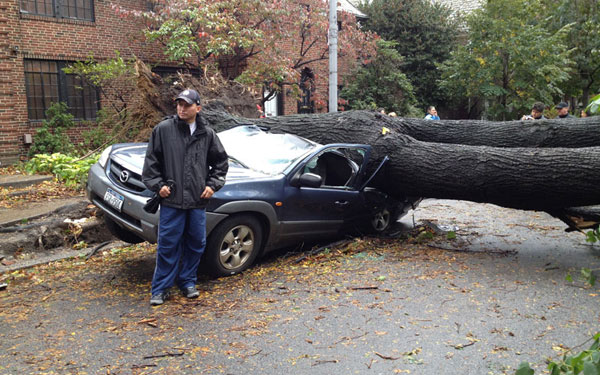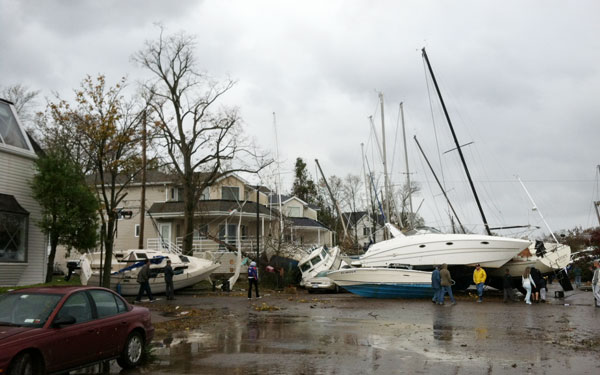 [JPG, 73.39 KB]
[JPG, 73.39 KB]When Hurricane Sandy tore through the northeast in the last days of October it affected almost everyone in its path, including the staff of NYeC. Our offices, in the Tribeca neighborhood of downtown Manhattan, lie in evacuation Zone B, not far from the Hudson, not far from areas of extreme flooding. We lost electricity for a week after the storm, and work had to continue remotely. Our engineering team, along with the other teams at NYeC, kept the Statewide Health Information Network running, while assisting partner hospitals and other facilities as needed throughout the storm and its aftermath. Some of our staff, a great deal of whom commute many miles each day from Long Island, Westchester, and New Jersey, sustained significant property damage, with a few seeking shelter at the homes of family and friends, and others taking in neighbors. But we all made it out safely.
One impact of the storm was to point out the necessity in what we do. As flooded hospitals were forced to close, patients ranging from the elderly to premature newborns had to be transported en masse to safety. It was no time to lose a medical record.
 [JPG, 66.77 KB]
[JPG, 66.77 KB]While the SHIN-NY is not yet connected to every hospital in the area, those already connected reaped the benefit. As Modern Healthcare wrote, “New York’s statewide health information exchange ran without a flicker, fulfilling the promise of health information technology brought into focus by Hurricane Katrina.”
 [JPG, 89.78 KB]
[JPG, 89.78 KB]David Whitlinger, NYeC executive director spoke to Healthcare IT News about how the devastation after Katrina taught a very hard lesson about paper medical records: “Literally thousands and thousands—millions—of records were physically lost—irretrievably damaged, and never to be replaced,” he said. This meant that “patients are going to their physicians not knowing what medications they were on, and not knowing what their steady state vital signs were. It’s just not something patients carry with them. It’s all recorded on paper record. A lot of patients had to start from scratch when they started interacting with the healthcare system on the other side of the disaster.”
 [JPG, 52.67 KB]
[JPG, 52.67 KB]As it stands, a huge displaced population in the Tristate area, many elderly or chronically ill, still occupy shelters. This presents another problem: helping their loved ones find them. In the coming days, NYeC will continue to work with FEMA to help support efforts to locate and connect these family and friends.
We will keep you updated about our work, and would like to hear from you. If you have stories about health IT during Hurricane Sandy, please let us know. We’d love to hear and share your stories.
 [JPG, 80.96 KB]
[JPG, 80.96 KB]Additional Coverage
